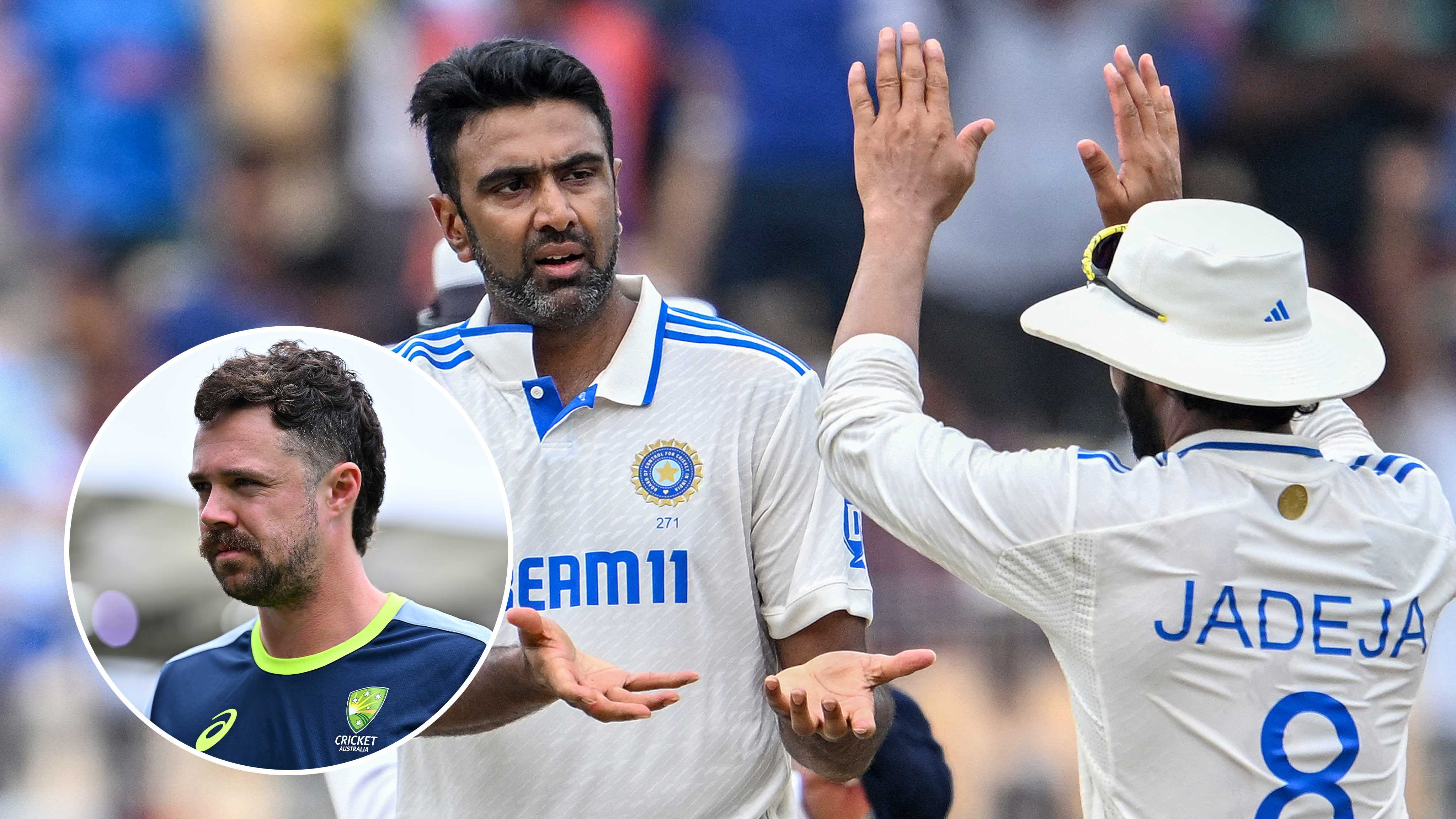Head spin: India tormentor at centre of latest selection switch | cricket.com.au

- by Admin
- December 14, 2024

Mohammed Siraj has copped plenty of stick for his spat with Travis Head over the past week, but Ravichandran Ashwin might rue another moment involving that pair from the Adelaide Test.
Head had moved to 76 after flushing his third six off Ashwin when the left-hander tried to launch the off-spinner again. His slog-sweep attempt caught his top edge but Siraj, at mid-on, was slow to move.
The catch went down and Head almost doubled his run tally from there, posting 140 in a seven-session long Test in which 64 and 42 were the next best individual scores. Had Siraj held on, Australia would have been six wickets down with their first-innings lead yet to pass 50.
It’s therefore not outrageous to suggest India could have arrived at the Gabba 2-0 up in the series had the chance been taken.
Head’s runs have become the single biggest deciding factor in how Australia fare against India, against whom he now averages more than 60 across all formats over the past two years.
Gautam Gambhir’s reasons for picking Ravindra Jadeja over Ashwin at the Gabba remain a mystery. Jadeja’s superior batting (he averages more than 40 with the bat in Australia, and 35.16 overall) was likely a factor on what appears another tricky batting surface, especially with Shubman Gill revealing captain Rohit Sharma had implored his side to improve their first-innings batting output after their 10-wicket defeat in Adelaide.
What is overwhelmingly clear, however, is stopping Head must be India’s overarching priority if they hope to continue their hold on to the Border-Gavaskar Trophy for a fifth straight series.
Gambhir has a reputation stretching back to his playing days as captain of Delhi’s Ranji Trophy team as someone who constantly tinkers with the formation of his sides. But even he would have had a hard time axing Ashwin at the Gabba if the 38-year-old had dismissed Head on 76, whether his exit changed the result of the match or not.
The inclusion of Ravindra Jadeja in Brisbane, seeing India pick their third different spinner in as many Tests, may well be justified by Ashwin’s (and Washington Sundar’s) failure to stop Head.
Per Opta, Ashwin induced seven ‘false shots’ from Head (including the Siraj drop) and two plays and misses in Adelaide. Never mind the veteran was India’s most economical bowler to him (conceding 40 runs from 57 balls bowled); Head scored so fast against the quicks (101 from 83) that slowing him down temporarily was of little consequence.
Head has owned India ever since he was recalled for the second Test during last year’s tour of the subcontinent nation. In all formats, he averages 61.88 against them in that time.
The highlights are, by now, well-known; there was his 163 in the World Test Championship final and his 120-ball 137 in the World Cup decider. His 49no on a diabolical Indore pitch to see Australia hold their nerve for a rare Test win in India is an underrated hit, while he has been the best-performed bat in defeats in St Lucia (hitting 76 from 43 in a virtual T20 World Cup quarter-final earlier this year) and in Perth (smashing 89 in the second innings).
That WTC final may offer some clues as to India’s intentions at the Gabba. Like he did in Adelaide last week, Head dominated India’s seamers at The Oval during his first innings ton while Jadeja offered some measure of control, forcing three false shots and three plays and misses from 42 balls from which only 25 runs were scored.
The fast bowlers by contrast coughed up 141 from 129 deliveries. Jadeja then dismissed Head in his second dig.
It means Jadeja has fared no worse against Head than Ashwin during the South Australian’s golden run against India despite having the disadvantage of turning the ball into the southpaw. Over the past two years in all formats, Jadeja has taken his wicket twice in 151 balls. Ashwin has knocked him over the same number of times despite having bowled nearly 10 more overs.
So who would Head prefer not to face? “I think Ashwin,” Head told cricket.com.au recently. “Someone with a couple more tricks, being a lot taller, a lot quicker. I think he’s probably the hardest (to face).” That statement alone should give India food for thought.
NRMA Insurance Men’s Test Series v India
First Test: India won by 295 runs
Second Test: Australia won by 10 wickets
Third Test: December 14-18: The Gabba, Brisbane, 11.20am AEDT
Fourth Test: December 26-30: MCG, Melbourne, 10.30am AEDT
Fifth Test: January 3-7: SCG, Sydney, 10.30am AEDT
Australia squad: Pat Cummins (c), Sean Abbott, Scott Boland, Alex Carey (wk), Brendan Doggett, Josh Hazlewood, Travis Head, Josh Inglis, Usman Khawaja, Marnus Labuschagne, Nathan Lyon, Mitch Marsh, Nathan McSweeney, Steve Smith, Mitchell Starc, Beau Webster
India squad: Rohit Sharma (c), Jasprit Bumrah (vc), Yashasvi Jaiswal, KL Rahul, Abhimanyu Easwaran, Devdutt Padikkal, Shubman Gill, Virat Kohli, Rishabh Pant, Sarfaraz Khan, Dhruv Jurel, Ravichandran Ashwin, Ravindra Jadeja, Mohammed Siraj, Akash Deep, Prasidh Krishna, Harshit Rana, Nitish Kumar Reddy, Washington Sundar. Reserves: Mukesh Kumar, Navdeep Saini, Khaleel Ahmed, Yash Dayal
The Latest News
-
December 23, 2024Here’s why Golf Twitter lost its damn mind over Team Langer’s PNC victory – Australian Golf Digest
-
December 23, 2024From smaller homes to screen time, backyard cricket is facing challenges in modern Australia
-
December 23, 2024This quiet Canadian will make you love YouTube golf again – Australian Golf Digest
-
December 23, 2024Guide Helps Australian Workers Expose Tech Wrongdoings
-
December 23, 2024PPHG achieves GSTC multi-site certification for all its Australian properties – Travel And Tour World





